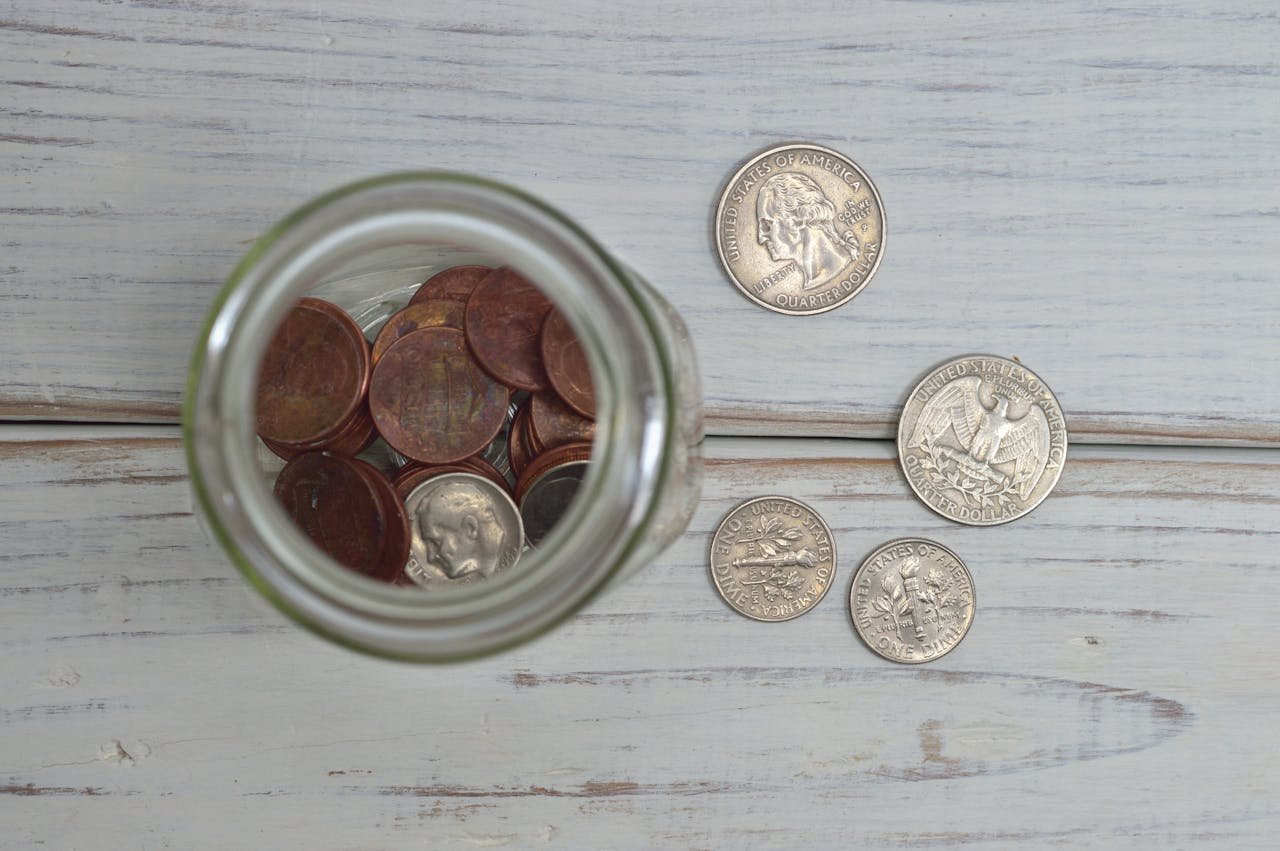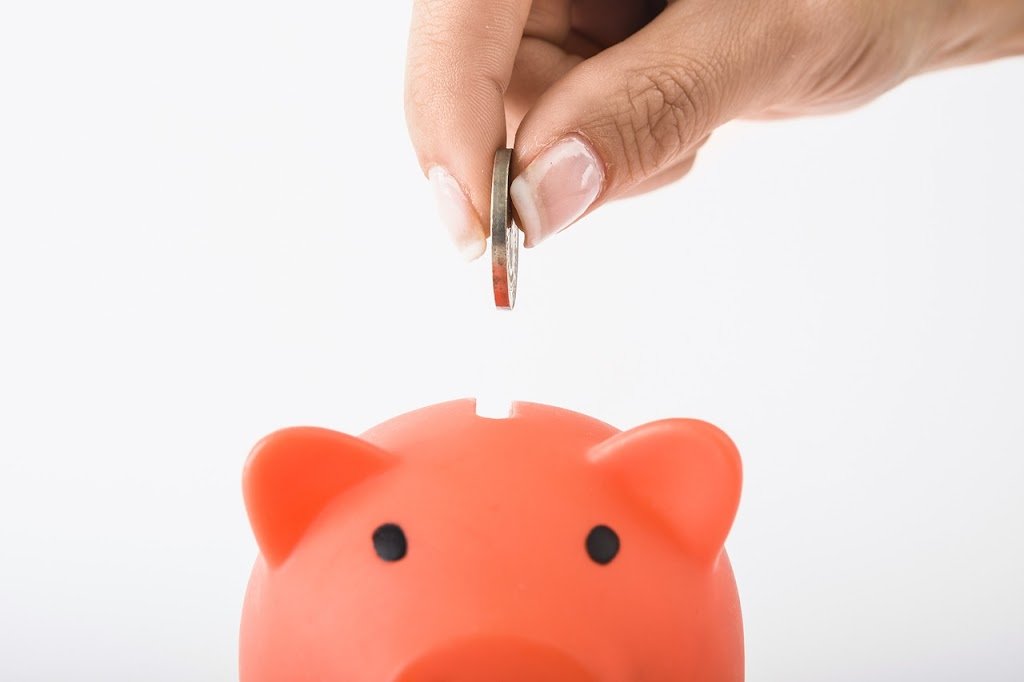Frugal Living in the Digital Age: Cut Costs Without Cutting Connection
In today’s rapidly evolving digital world, staying connected is more important than ever—but it can also come at a high cost. From internet bills and streaming subscriptions to online shopping and cloud storage, the expenses can add up quickly. However, living frugally doesn’t have to mean disconnecting from the digital age. In fact, modern technology offers plenty of opportunities to cut costs while staying fully connected. Let’s explore how you can practice frugal living in the digital age without sacrificing your lifestyle.
Contents
- 1 What Is Frugal Living?
- 2 1. Reevaluate Your Digital Subscriptions
- 3 2. Cut the Cord: Alternatives to Cable TV
- 4 3. Switch to Budget-Friendly Mobile and Internet Plans
- 5 4. Use Free Productivity Tools
- 6 5. Embrace the Secondhand Economy Online
- 7 6. Practice Smart Online Shopping
- 8 7. Digital Banking and Budgeting Tools
- 9 8. Remote Work and Side Hustles
- 10 Final Thoughts
What Is Frugal Living?
Frugal living is about making intentional decisions with your money to get the most value from every dollar. It’s not about being cheap or depriving yourself; it’s about spending smarter, avoiding waste, and finding creative solutions to meet your needs.

In the digital age, frugal living means using technology strategically to reduce expenses while still enjoying the benefits of modern life. Whether you want to trim your bills, find deals, or simply make better financial choices, the digital world is full of tools to help you do just that.
1. Reevaluate Your Digital Subscriptions
One of the biggest hidden drains on monthly budgets is recurring digital subscriptions. These include:
-
Streaming services (Netflix, Hulu, Disney+)
-
Music platforms (Spotify, Apple Music)
-
Cloud storage (Google Drive, Dropbox)
-
Fitness apps
-
News and magazine subscriptions
Start by listing every subscription you’re currently paying for. Then, ask yourself:
-
Do I use this often enough to justify the cost?
-
Can I replace this with a free alternative?
-
Can I downgrade to a cheaper plan?
You might find that sharing subscriptions with family (where allowed), rotating services, or using ad-supported free versions can save you hundreds of dollars per year.
2. Cut the Cord: Alternatives to Cable TV
Cable TV can cost upwards of $100 a month, but you don’t need it to stay entertained or informed. Consider these cost-effective alternatives:
-
Streaming sticks like Roku or Amazon Fire TV
-
Free streaming apps like Tubi, Pluto TV, or Crackle
-
Library services that offer free access to movies and audiobooks via apps like Kanopy and Hoopla
Many networks also stream recent episodes of shows for free on their websites. By being selective and intentional, you can cut your entertainment bill significantly without missing your favorite shows.
3. Switch to Budget-Friendly Mobile and Internet Plans
Staying connected via phone and internet doesn’t have to break the bank. Look for:
-
Prepaid mobile plans that offer unlimited talk and text for as low as $15/month
-
MVNOs (Mobile Virtual Network Operators) like Mint Mobile, Visible, or Google Fi, which piggyback on major networks at lower rates
-
Internet assistance programs if you qualify, such as the Affordable Connectivity Program
Also, consider bundling services or negotiating with your current provider for better deals—many companies will offer discounts to retain customers.
4. Use Free Productivity Tools
Instead of paying for expensive office software or apps, take advantage of free alternatives:
-
Google Workspace (Docs, Sheets, Slides) is free and cloud-based
-
LibreOffice is a free downloadable alternative to Microsoft Office
-
Trello or Notion for organizing tasks and projects
-
Canva for graphic design and presentations
These tools are often just as powerful for the average user and help you stay productive at no cost.
5. Embrace the Secondhand Economy Online
Buying new is rarely necessary these days. Thanks to online marketplaces, you can find high-quality secondhand goods at a fraction of the price. Try:
-
Facebook Marketplace
-
eBay
-
Craigslist
-
OfferUp
-
Local Buy Nothing Groups
These platforms are great for finding everything from electronics and furniture to clothing and tools. Plus, it’s a sustainable choice that keeps items out of landfills.
6. Practice Smart Online Shopping
Impulse buying is easier than ever online, but there are also plenty of ways to save:
-
Use browser extensions like Honey or Rakuten to find coupon codes and cashback deals
-
Set up price alerts with tools like CamelCamelCamel for Amazon deals
-
Abandon your cart—some sites will email you a discount to complete the purchase
-
Wait for seasonal sales like Black Friday or back-to-school events
Always compare prices, read reviews, and resist the urge to buy just because it’s on sale.
7. Digital Banking and Budgeting Tools
Financial management is a cornerstone of frugal living, and digital tools can make it easier than ever:
-
Budgeting apps like YNAB (You Need a Budget), Mint, or EveryDollar
-
Automatic savings apps like Digit or Acorns
-
No-fee online banks with high-yield savings accounts
-
Credit monitoring services to help you stay on top of your financial health
These platforms empower you to track spending, set financial goals, and save money automatically.
8. Remote Work and Side Hustles
Another powerful advantage of the digital age is the ability to earn money online. If you’re looking to boost your income while keeping expenses low, consider:
-
Freelancing platforms like Upwork or Fiverr
-
Teaching or tutoring online via VIPKid or Outschool
-
Selling digital products (eBooks, courses, templates)
-
Running a blog, YouTube channel, or affiliate marketing site
Working remotely also reduces commuting costs, wardrobe expenses, and daily takeout spending.
Final Thoughts
Frugal living in the digital age is not about going off the grid—it’s about using the digital grid wisely. By trimming the fat from your online expenses and leveraging technology to save and earn, you can maintain a connected, comfortable lifestyle without draining your wallet.
The key is mindfulness: understanding what you truly nee d, what you value, and how digital tools can help you live better for less. So embrace the benefits of technology, but do it with purpose—and your bank account will thank you.


